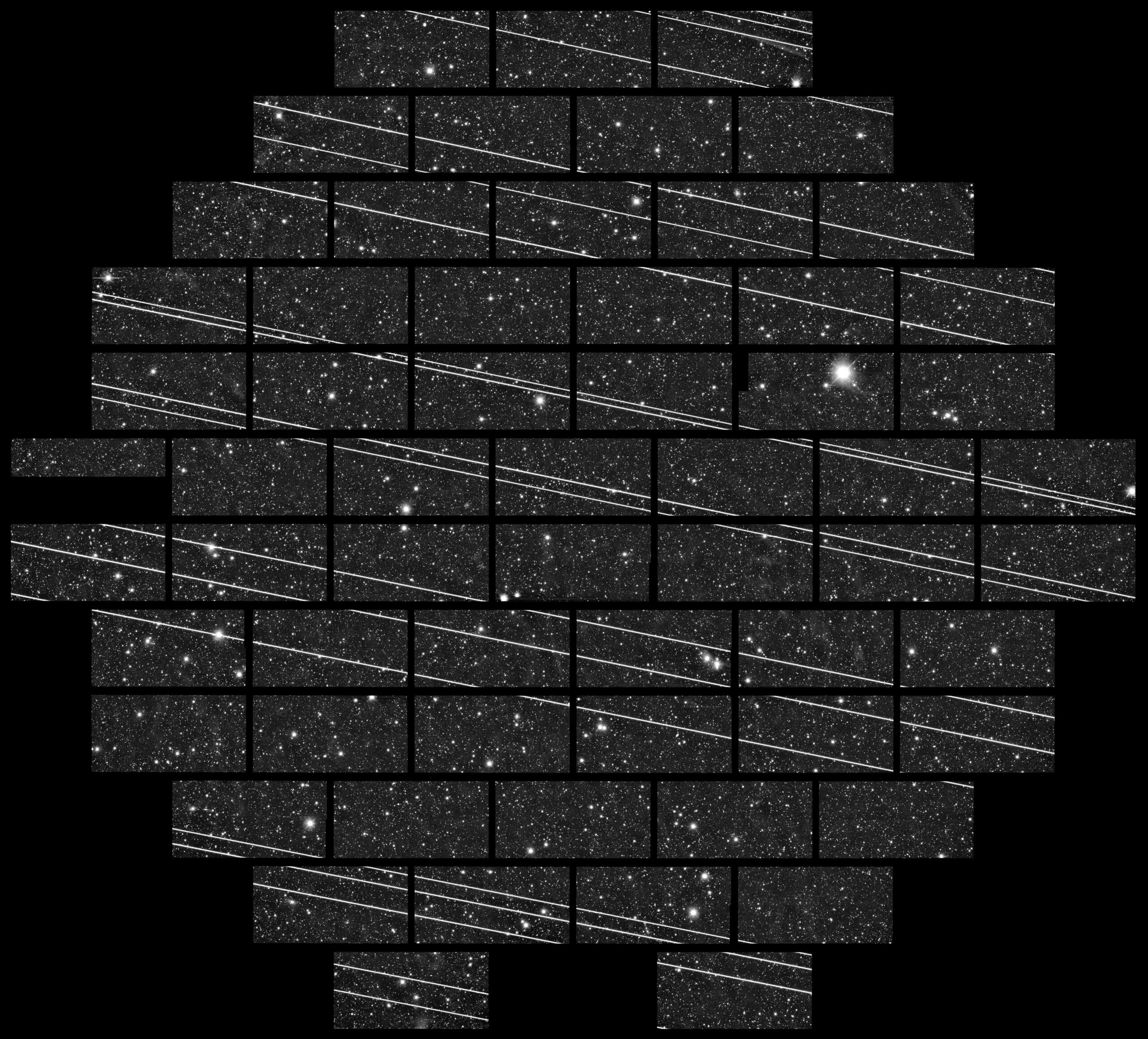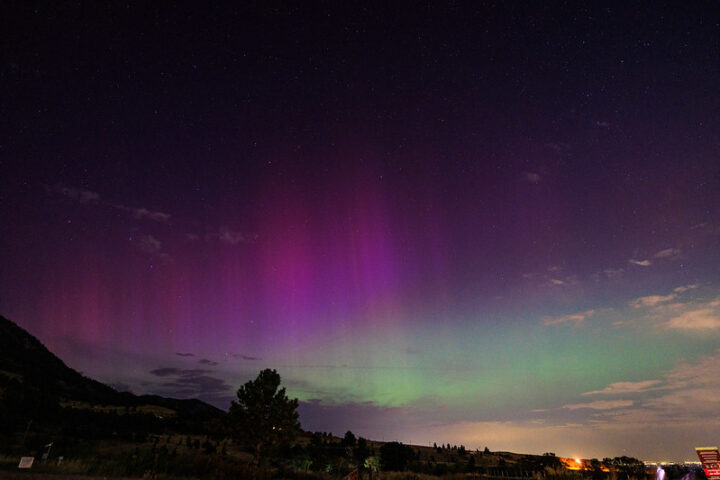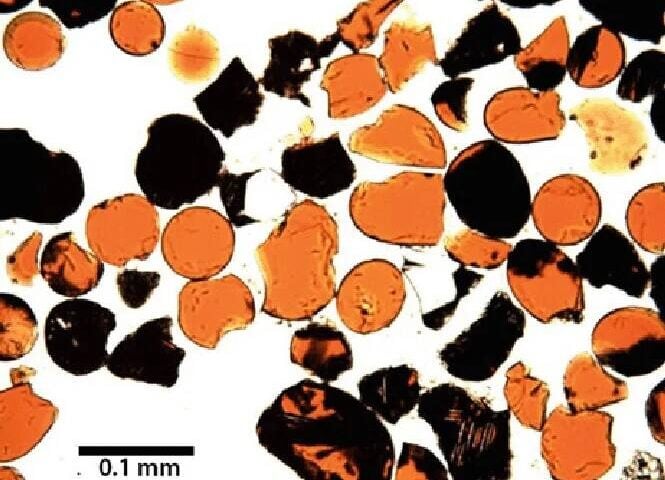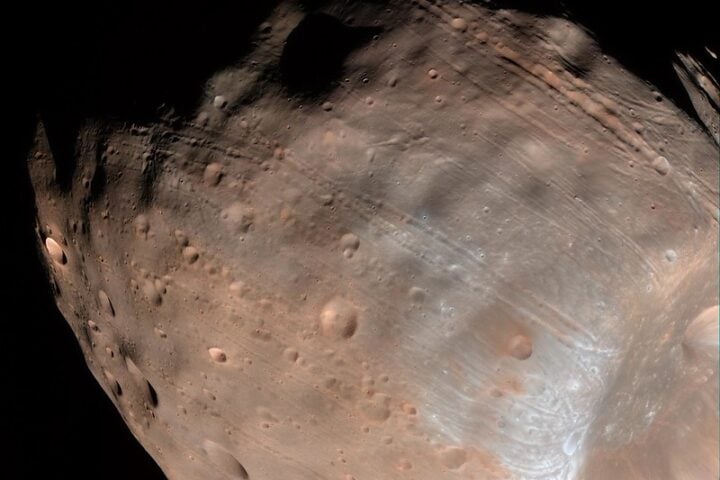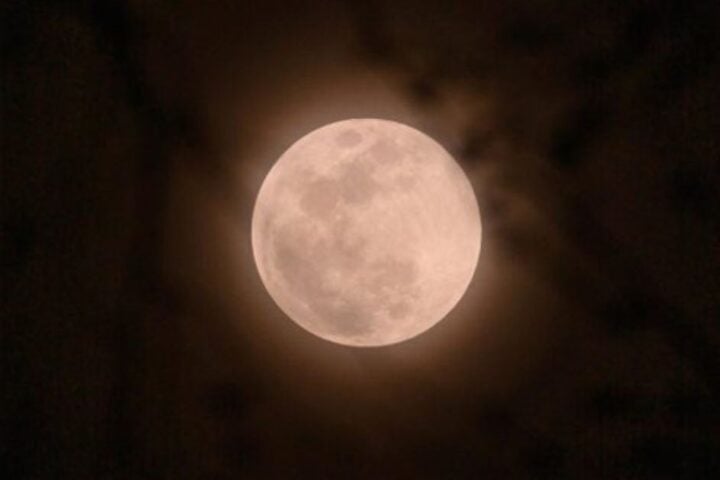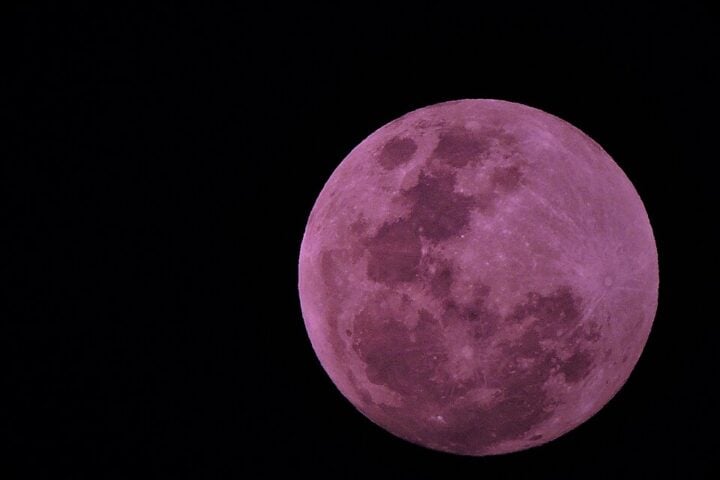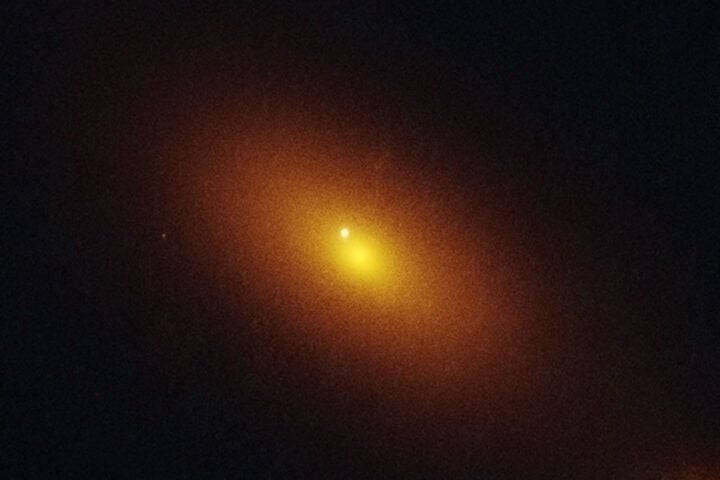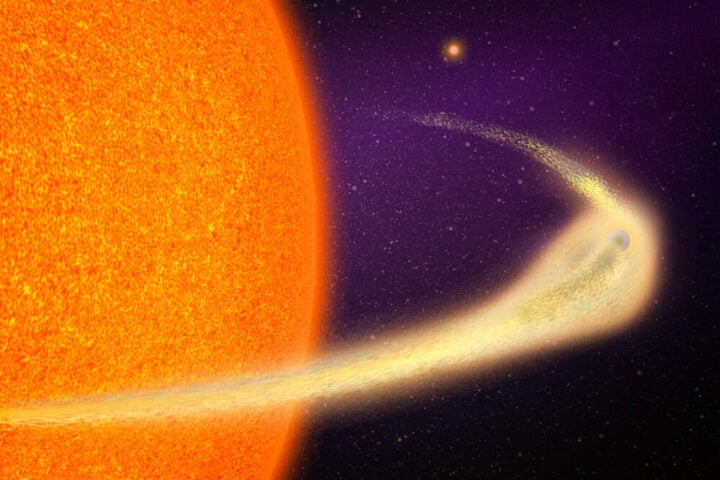SpaceX, the aerospace manufacturer and space transportation company, has unveiled its latest advancements in the Starlink satellite project. The recent launch of 22 second-generation Starlink satellites has tried to mitigate some of the concerns raised by the astronomy community regarding satellite reflectivity and interference with ground-based observations.
The Falcon 9 rocket, responsible for placing these satellites into space, recorded footage of the newly launched upgrades. Notably, these satellites appeared different from their predecessors. “SpaceX has been upgrading its second-generation Starlink satellites with a new ‘dielectric mirror film’ that’s designed to scatter sunlight away from Earth,” the company stated. This innovative feature aims to reduce the interference these satellites might cause to astronomical images.
Historically, the reflection of sunlight from satellites has been a long-simmering issue. The first-generation Starlink satellites were equipped with “sun visors” to shield them from direct sunlight. However, they introduced atmospheric drag and increased the satellites’ fuel consumption. To address these challenges and the feedback from the astronomy community, SpaceX introduced the “RF(radio frequency)-transparent mirror films” to minimize sunlight reflections.
Elon Musk’s SpaceX has always been pushing for innovations in space technology. The company’s document from last year elaborated, “SpaceX has maximized the film’s specular scatter through extensive research and iteration.” The core technology behind this film is a Bragg mirror, which utilizes multiple thin layers of plastic with varying refractive indices. This design allows the film to reflect light while permitting radio waves to pass through unobstructed.
Similar Posts
In addition to the mirror film, the second-generation satellites have been coated with a “Low Reflectivity Black” paint on their angled surfaces. This combination ensures that the satellites “absorb and redirect light away from the ground,” as SpaceX mentioned in a tweet.
However, the true test lies in the real-world application of these technologies. Will these advancements effectively reduce interference with astronomical observations? Only time will provide a definitive answer.
The company emphasizes working with the astronomy community, as it comes across from the tweets. “Space exploration is fundamental to SpaceX’s core mission,” the company declared. They have invested heavily in understanding the impact of satellite reflections on astronomical observations and have developed in-house solutions to mitigate these effects.
With over 4,600 satellites from various operators orbiting Earth, the night sky is becoming increasingly crowded. Satellites, when illuminated by the Sun, can be visible from Earth, especially during the early hours of the night and just before dawn. This visibility can disrupt activities planned by astronomers and sky enthusiasts alike. SpaceX’s latest generation of Starlink satellites, with their special dielectric mirrors and strategic paint choices, may be steps in the right direction.
